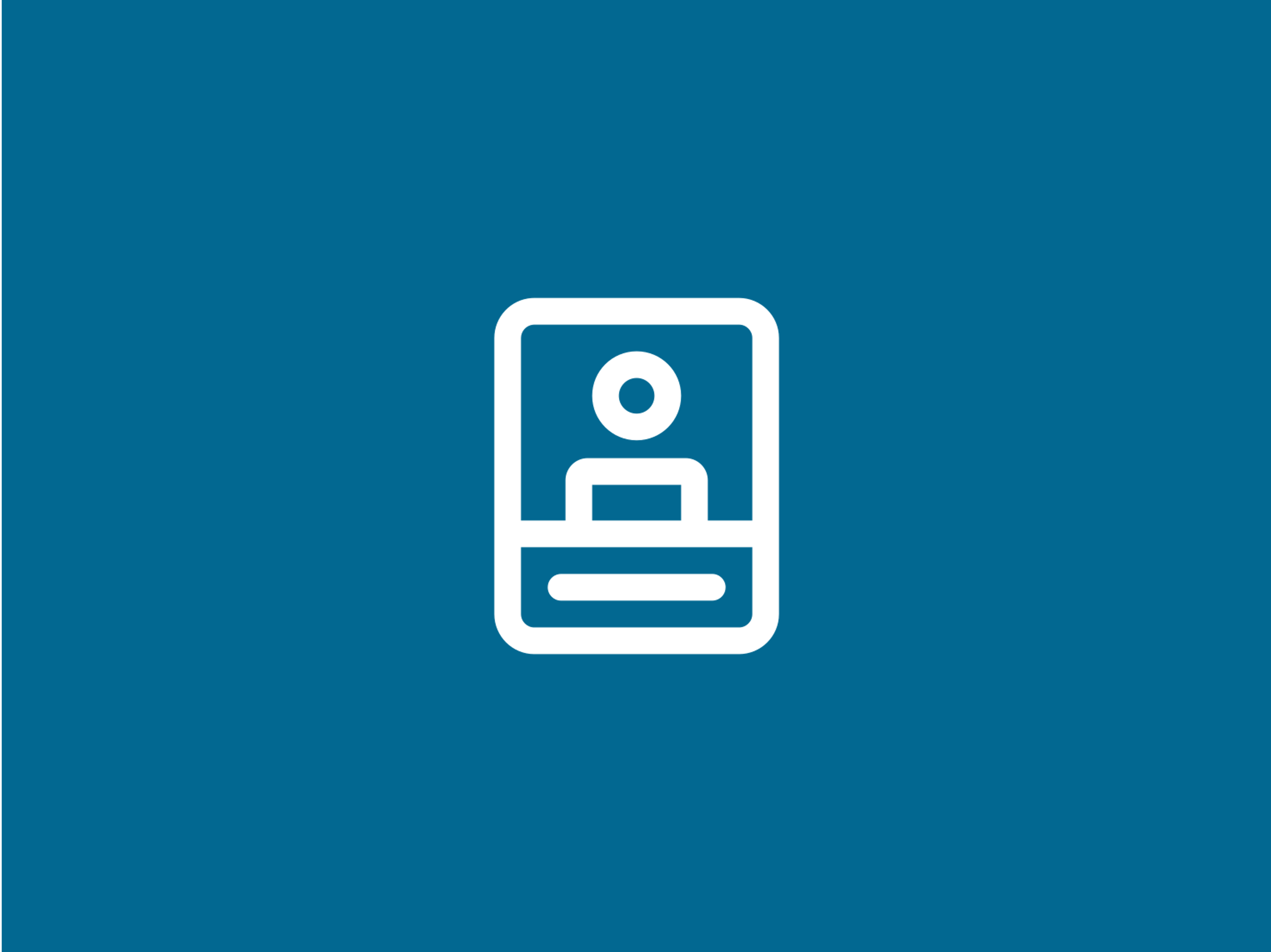What is an Employee Profile?
Employee profiles hold the key to humanizing your company, showcasing unique stories, fostering teamwork, supporting branding efforts, and boosting your social media presence.

You've likely sifted through numerous employee profiles, whether you were curious about your coworkers, researching potential clients, or hunting for a new job.
While employee profiles have been around for ages, their importance has skyrocketed with the rise of social media and digital workplaces.
In this blog, we'll delve into:
- The essence of an employee profile
- Various types of employee profiles
- The importance of employee profiles
- And much more...
Ready to dive in? Let's get started!
What is an Employee Profile?
An employee profile is a snapshot of an individual's professional persona within a company, showcasing essential information about them and their role in the organization. It typically includes the employee's name, job title, contact details, and a brief overview of their responsibilities.
With the growth of digital technology, employee profiles have transitioned from hard-copy formats to electronic storage, making them easily accessible and shareable. Companies often use these profiles to feature team members on their websites or social media pages, while internally, they serve as valuable resources for new employee onboarding and company newsletters.
In a nutshell, employee profiles are an excellent way to help people learn more about their colleagues and build stronger connections within the workplace.
The Different Types of Employee Profiles
With the rise of digital technology and social media, different types of employee profiles have emerged, each serving a unique purpose and offering distinct benefits. Let's delve into the various types of employee profiles and discuss how they can impact your organization.
Company Website Profiles
These profiles are featured on your company's website, highlighting employees' roles, expertise, and contributions to the organization. Showcasing team members on your website not only humanizes your brand but also helps attract top talent by demonstrating a strong company culture.
Impact: Enhances brand image, showcases company culture, and attracts potential hires.
Social Media Profiles
Platforms like LinkedIn and Facebook allow employees to create professional profiles that detail their work history, skills, and accomplishments. These profiles enable employees to network with industry peers, clients, and potential partners while also serving as a valuable resource for recruiters.
Impact: Expands professional networks, enhances individual reputation, and aids in recruitment efforts.
Internal Employee Directories
Many organizations maintain an internal directory of employee profiles, streamlining communication and fostering collaboration among team members. These profiles typically include contact information, job titles, and brief descriptions of employees' roles and responsibilities.
Impact: Improves internal communication, promotes collaboration, and strengthens workplace relationships.
Job Search Profiles
Platforms like Indeed or Glassdoor enables job seekers to create profiles showcasing their experience, skills, and career aspirations. These profiles allow potential employers to discover top talent and make informed hiring decisions based on candidates' qualifications and cultural fit.
Impact: Simplifies the recruitment process, helps match candidates with suitable roles and streamlines talent acquisition.
Learning and Development Profiles
Some organizations use learning management systems (LMS) that feature employee profiles focused on professional growth. These profiles track employees' training progress, completed courses, and acquired skills, helping both individuals and managers identify areas for development.
Impact: Encourages continuous learning, identifies skill gaps, and supports employee growth.
Performance Management Profiles
Performance management platforms often include employee profiles that consolidate performance data, goal progress, and feedback. These profiles provide managers with a comprehensive view of each team member's achievements and areas for improvement, informing decisions about promotions, training, and development opportunities.
Impact: Enhances performance evaluation, supports data-driven decision-making, and promotes career advancement.
The Importance of Employee Profiles
In a business world where standing out from the competition is more crucial than ever, you might question the importance of employee profiles. After all, shouldn't companies focus on promoting their products and services?
However, a deeper examination of employee profiles reveals their essential role in any successful organization. Let's explore the benefits they offer:
1. Humanizing Your Company
Employee profiles not only showcase individuals' skills and experiences but also highlight their personalities, interests, and values. This humanizes your company, making it more relatable to potential customers. Instead of being perceived as another faceless corporation, your business transforms into a group of passionate individuals, fostering loyalty and connection with your audience.
2. Showcasing Unique Stories
Everyone has a unique story, and employee profiles provide a platform for staff members to share their backgrounds, challenges, and triumphs. These narratives can inspire others and demonstrate what makes your employees special. This storytelling can be a powerful tool for attracting new customers who resonate with your team's values and experiences while boosting staff morale by making them feel valued and appreciated.
3. Building Community and Encouraging Team Bonding
Employee profiles contribute to a sense of community within your company. Sharing information about your staff members encourages them to learn about one another's strengths and weaknesses, fostering stronger team dynamics and collaboration. When employees feel connected and supported, they're more likely to be productive, engaged, and loyal.
4. Supporting Your Branding Efforts
Your branding extends beyond logos and taglines – employee profiles serve as an extension of your brand, shaping public perception of your business. Showcasing your team's expertise, passion, and values reinforces your brand message, positioning your company as one that values its people. This can attract new talent, improve customer loyalty, and set you apart from competitors.
5. Boosting Your Social Media Presence
Lastly, employee profiles can effectively enhance your social media presence. Sharing team members' bios and photos provides engaging, shareable, and authentic content that increases your reach and visibility on platforms like LinkedIn, Twitter, and Instagram. Your employees are also likely to share their profiles within their networks, further expanding your audience.
Tips for Crafting the Perfect Employee Profile
We understand that creating impactful employee profiles can be challenging, and you may be wondering what information should be included. While there's no one-size-fits-all template, it's crucial to choose an employee profile software that offers customization to suit your business's unique needs.
Let's outline the essential elements of an employee profile and provide some tips for tailoring them to your organization.
Key Components of an Employee Profile
Regardless of your company's specific requirements, there are several fundamental elements that every employee profile should have:
- Name
- Job role
- Photograph
- Team or department
- Office phone number
- Cell phone number
- Email address
- Synopsis of main job tasks and responsibilities
By incorporating these core elements, you'll create a solid foundation for your employee profiles.
Customization Tips for Effective Employee Profiles
To further enhance your employee profiles, consider adding additional information tailored to your organization's needs. Here are some suggestions:
- Location: If your company has multiple offices or remote employees, including the employee's location can be helpful for team coordination and collaboration.
- Biographies: For a more personal touch, add a brief bio highlighting the employee's background, interests, and career journey.
- Current Projects: Showcase the employee's ongoing work initiatives to emphasize their contributions and foster cross-functional collaboration.
- Qualifications and Career History: Highlight the employee's education, certifications, and past experience to demonstrate their expertise and credibility.
- Skills and Expertise: Include a list of relevant skills and areas of expertise to help identify potential mentors, collaborators, or subject matter experts within the organization.
Conclusion: Embrace the Power of Employee Profiles
Far from being a trivial aspect of your business, employee profiles hold the key to humanizing your company, showcasing unique stories, fostering teamwork, supporting branding efforts, and boosting your social media presence. By investing in well-crafted employee profiles, you'll strengthen your organization's position in today's competitive landscape.
So, embrace the power of employee profiles and watch your business thrive!


